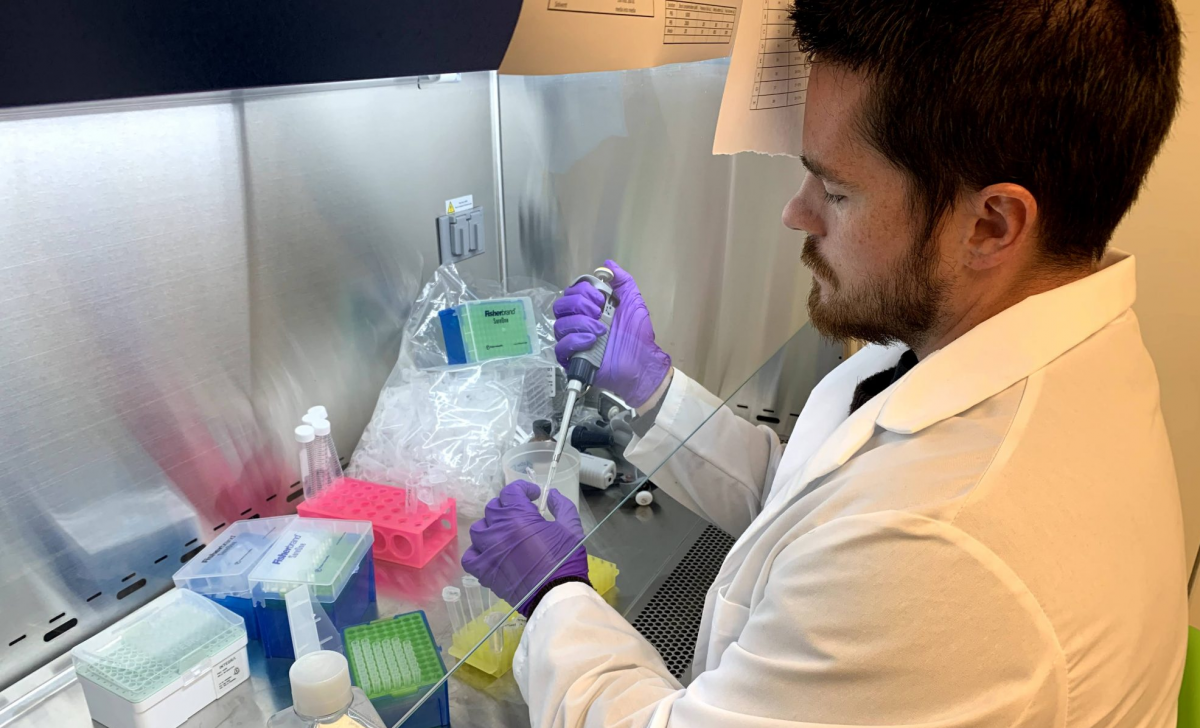Drug Induced Liver Injury (DILI) is a major cause of attrition in late-stage drug development, accounting for 13% of cases of acute liver failure. This is largely due to a lack of accurate, reproducible models capable of predicting DILI in early development. Currently, a combination of both in vivo animal models, and in vitro human and animal models are used by drug metabolism and pharmacokinetics (DMPK) scientists to make predictions regarding drug safety.
Comparatively, cell-based models are more predictive and cost efficient when compared to other traditional models for liver toxicity (hepatotoxicity). Animal models were capable of predicting only 55% of known hepatotoxic drugs correctly in one study. They also have relatively high material cost, low throughput, and raise concerns around the usage of materials. Hepatotoxicity predictivity in traditional cell-based models was found to be 80% for two model types, monocultures consisting of primary human hepatocyte and HepG2 cells. Primary human hepatocytes are currently considered to be the gold standard for predicting liver metabolism and hepatotoxicity but do have some shortcomings. Monoculture models have short experimental windows due to rapid loss of metabolic activity, which is usually lost within 48 hours of drug incubation. These models also struggle to predict toxic effects of compounds that metabolize into hepatotoxic compounds and the accumulation of waste (e.g., bile) over time.
In order to addresses these shortcomings, a novel method to predict hepatotoxicity was developed and validated which is the HUREL® micro liver model. A primary dog hepatocyte HUREL micro liver model (HUREL® Dog™) was described in detail in a study published in the Journal of Toxicology and Applied Pharmacology which was performed in partnership with UCB Pharma, The Department of Biomedical Engineering at Rutgers University and Chrysalis Pharma Partners. In this study, the HUREL cryopreserved primary dog hepatocyte co-culture model was compared to the traditional monoculture models (newly extracted primary hepatocyte and HepG2 cells). The HUREL dog primary hepatocyte model was chosen as dogs are commonly used as in vivo animal models to model organ toxicity.The HUREL® Dog™ micro liver co-culture model is comprised of primary dog hepatocytes and a non-parenchymal human stromal cell line. This co-culture model has been adopted to better predict xenobiotic clearance rate (CL), metabolic profile, and hepatotoxic liability early in the drug discovery process when compared to traditional human monoculture models.
This publication found the HUREL™ Dog® co-culture model had similar sensitivity (or true positive rate) compared to primary human hepatocyte and HepG2 cell lines (HUREL® Dog™: 77.5%, human monocultures: 82.3%). The HUREL® Dog™ micro liver model differentiated itself when it came to specificity (or true negative rate) when compared to the primary human hepatocyte and HepG2 cell line monoculture (HUREL® Dog™: 72.7%, human monocultures: 40.95%). These results point to the HUREL® Dog™ model as being the more predictive model for the detection of hepatotoxic and non-hepatotoxic drugs in human with satisfactory predictivity values. Also, it was found that HUREL micro liver model maintained metabolic function and cellular viability over the course of two weeks. This is a great improvement over traditional monoculture methods which are viable for a maximum of two days.
Since the publication of this study where the HUREL® Dog™ model was validated, several additional HUREL micro liver models have been developed and validated using other species for use in hepatotoxicity studies. These models include human, rat, dog, primate, and mouse primary co-culture models. The HUREL micro liver co-culture model’s ability to maintain metabolic activity for extended periods of time, drugs that slowly induce toxic effects may be evaluated in vitro as never before. The co-cultures have been shown to remain viable for the time necessary for the hepatocytes to produce and accumulate metabolic biproducts, like bile acids, in a sufficient quantity to produce a toxic outcome.
The HUREL micro liver models are now part of the Visikol portfolio of products and services and can be leveraged as part of Visikol’s best-in-class advanced in vitro assays. The patented HUREL micro livers are designed to elevate the metabolic competency, the enduring viability, and the dynamic cellular responsiveness of hepatocytes cultured in vitro. These qualities endow these HUREL micro liver models with an unrivaled degree of predictive sensitivity and human relevance. Reach out to Visikol today and speak with one of our experts to see how working with us can help your drug discovery pipeline.

